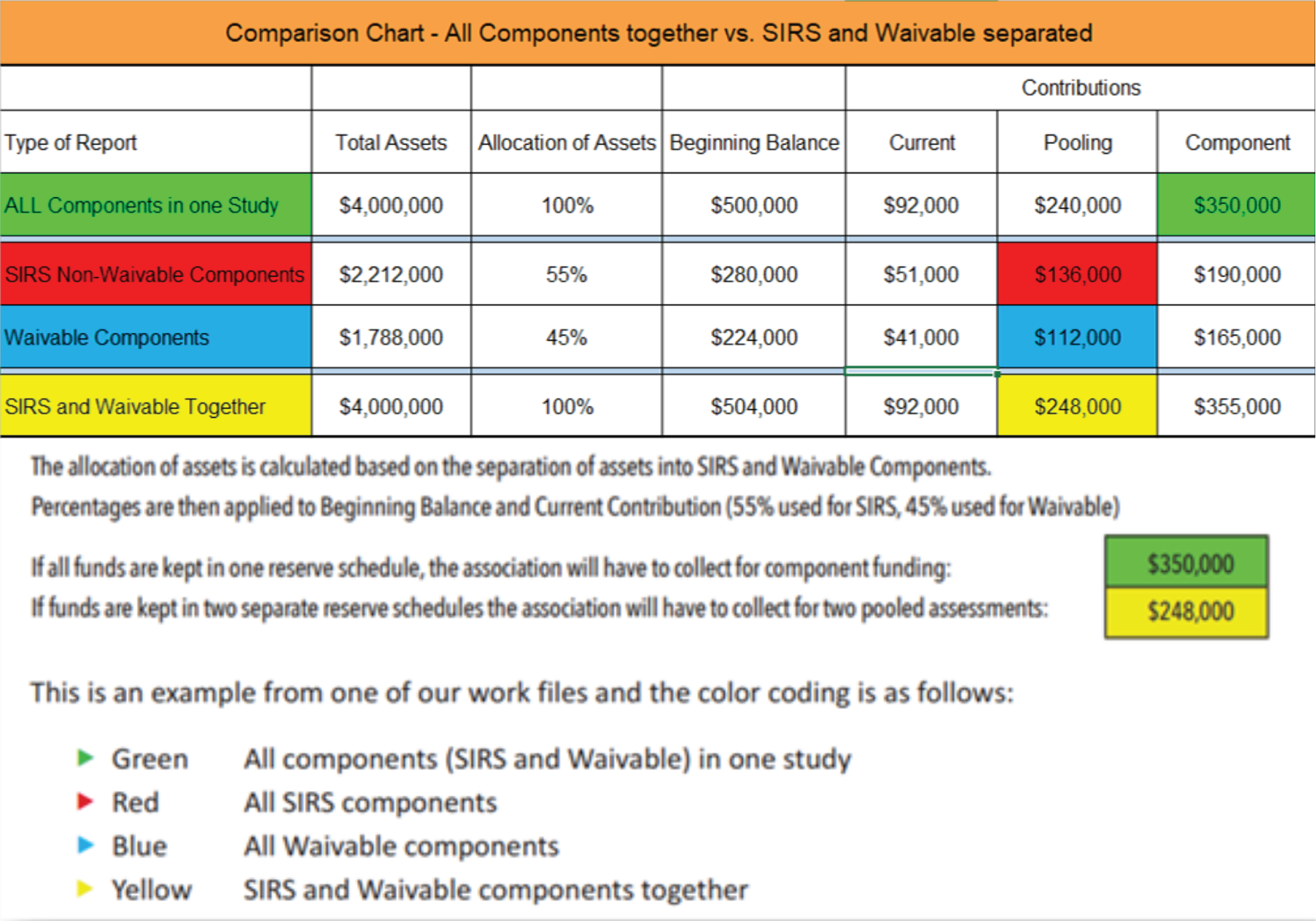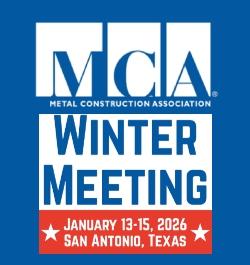Why a structural integrity reserve study is key to successful building management

By Patricia Staebler, Staebler Appraisal and Consulting.
Learn about the anatomy of a structural integrity reserve study (SIRS) and how it can keep both you and your wallet happy.
Editor’s note: As a veteran roof consulting firm, Finch Roof Consulting is plugged into the new roofing code and the effects it has on our residential and commercial property customers. The emergence of the Structural Integrity Reserve Study (SIRS), mandates complete understanding and action of this law. Below, is an excerpt of reserve specialist Patricia Staebler’s “Navigating the New Condo Law”, available directly on her website.
A structural integrity reserve study (SIRS) is key to the successful management of a building and its maintenance. These types of studies evaluate the condition, longevity and maintenance requirements of the structure in question. They look at these factors and outline a plan for funding and addressing the needs that will arise over time. It ensures that property owners and managers have all the information by making sure the buildings they oversee are safe, functional and sound for the foreseeable future.
Because these are such crucial assessments, it is important to understand how they are structured and determined. After the collapse of the Champlain Tower in Surfside, Florida, the legislature passed SB-4D and the glitch bill SB-154 to avoid future catastrophes. Florida is dealing with many aging buildings and many of them lack adequate upkeep due to insufficient reserve funds. The law applies to all buildings with 3+ stories. (1-, 2- and 3-unit condos are exempt)
Associations can no longer waive reserves for certain items recognized in the law and will be forced to have a SIRS every ten years. A structural integrity reserve study (SIRS) is a newly developed form of reserve study, required by Florida Statue SB 4D that is designed to ensure that Condo Owners Associations are reserving funds for the long-term maintenance and necessary replacement of critical structural elements in their buildings.
As the law currently reads, every association must have a SIRS in place by the end of 2024 in preparation for the fiscal year 2025. Like any other reserve study, SIRS consists of a visual observation of all components and financial analysis over a 30-year period. The visual observation must be performed by an engineer, architect or a designated reserve specialist (RS).
The components required by law are as follows:
- Roof
- Structure, including load bearing walls and other primary structural members
- Fireproofing and fire protection
- Plumbing
- Electrical systems
- Waterproofing and exterior painting
- Windows and exterior doors (unless unit owner responsibility)
- Any other item that has a deferred maintenance expense or replacement cost that exceeds $10,000 and the failure to replace or maintain such item negatively affects the items listed above (e.g. HVAC systems in certain cases)
The components can be pooled, but they cannot be waived.
Waivable components
All other components are considered “waivable”. Waivable components can include for example:
- Elevator
- Railings
- Interior finishes
- Pool and sport areas
- Site improvements
- Etc.
Many underfunded associations will attempt to attribute their entire funds to the SIRS components, leaving the waivable components unfunded. As explained before, this will result in a loss of community appeal and an increasingly difficult buy/sell situation.
The SIRS components and the waivable components can be pooled. However, SIRS components may not be mixed with waivable components; therefore, the reserve analyst will have to develop a reserve study with two chapters:
- A separate pooled study for the SIRS components
- A separate pooled study for the waivable components
Our proprietary finance modeling and the comparison between one reserve study for all components (in this case an association would have to use straight-line [component] funding) versus two separate studies (one SIRS Non-Waivable and one WAIVABLE components) shows that, in most cases, that the association would benefit from separating the reserve budgets as follows:
If the association wants to keep all their components in one study, the reserves have to be held in component funding and may not be cross utilized (not even with a majority vote). This would require an annual contribution of $350,000. If the SIRS components (red) and the waivable components (blue) are in two separate report sections, the association may pool the funds.
Adding the two pooling amounts together, the annual contribution would be $248,000 – significant savings when compared to the all-in-one component funded report.
In this spreadsheet, we use finance modeling by using the total assets (SIRS and waivable together) and comparing them to the assets of the two separate studies. This allows us to separate the beginning balance and current contribution appropriately by applying the percentage ratios. How to distribute the beginning balance is an important decision.

Once funds have been applied to the SIRS, they cannot be used for any other component as defined by the law. To be completely transparent, we recommend that associations not only develop two separate reserve schedules (based on the SIRS/RS studies), but also hold their funds in two separate bank accounts, one for SIRS and one for waivable components.
Associations need a SIRS every ten years, what happens in years 2 – 9?
Our clients asked us that very question, hoping they can go back to “old habits” in the years between the law mandated SIRS requirements. But in reality, once the law becomes mandatory (1/1/2025), reserve studies in between the 10-year cycle will have to be prepared in exactly the same way and waiving the reserves is not permitted.
Is a reserve study every ten years sufficient?
The legislator’s decision to require a SIRS only every ten years is not helpful, because this regulation will give associations the impression that a reserve study every ten years might be sufficient. Reserve Specialists recommend a reserve study update for smaller associations every 2-3 years, and for larger associations, such as high-rises or multi-building associations, every year.
What is the takeaway?
The transition from an all-in-one reserve study to a two-chapter SIRS/RS study can be accomplished by choosing an experienced reserve specialist, who can help the association to make an educated decision on how to distribute their current funds to the SIRS and Waivable components.
For help post-SIRS, Finch Roof Consulting has you covered! With decades of experience, there’s no one better to trust with your post-inspections.
Original article source: Staebler Appraisal and Consulting
About the Author
As a member of the Appraisal Institute, Patricia Staebler was awarded the SRA designation in 2010 and received the Reserve Specialist designation from the Community Association Institute in 2017. She is the founder of Staebler Appraisal and Consulting, a firm that concentrates on insurance replacement valuation and reserve studies for the condominium and HOA industry as well as commercial special use properties like churches, schools, sport facilities, country clubs, waste treatment facilities, etc.
Learn more about Finch Roof Consulting in their Coffee Shop Directory or visit www.finchroofconsulting.com.





















Comments
Leave a Reply
Have an account? Login to leave a comment!
Sign In